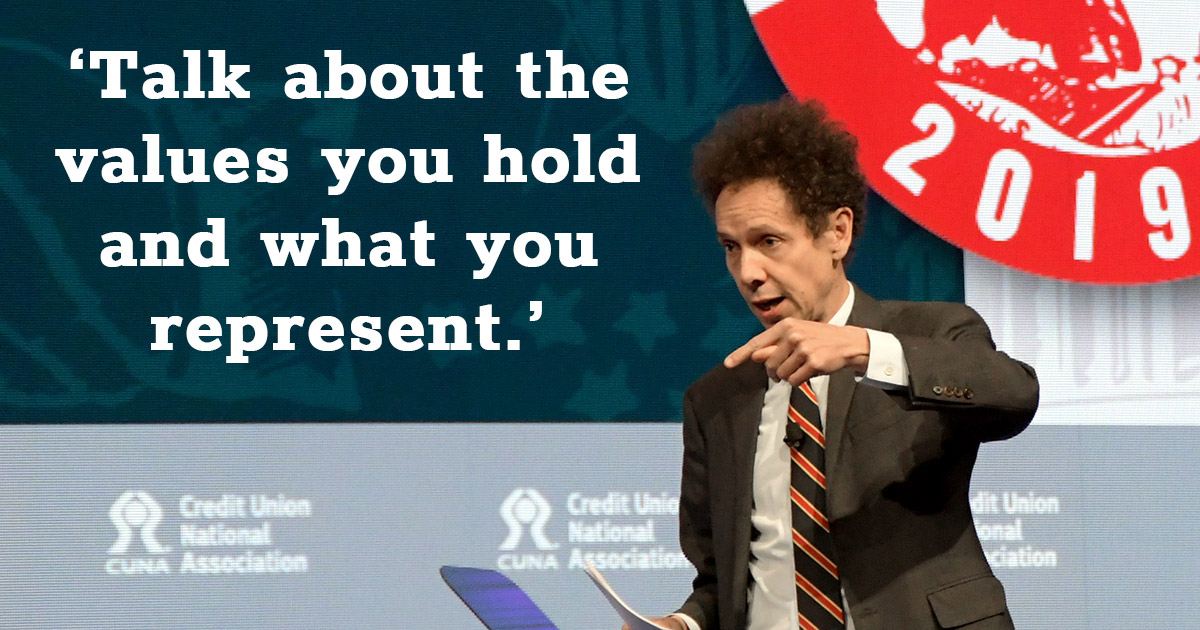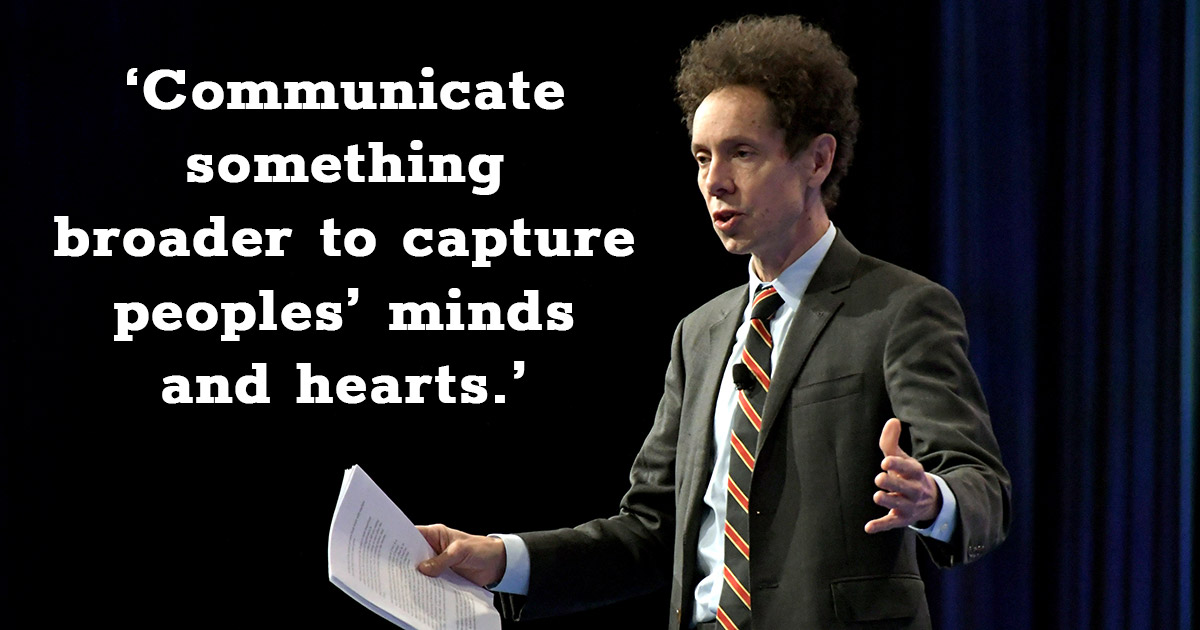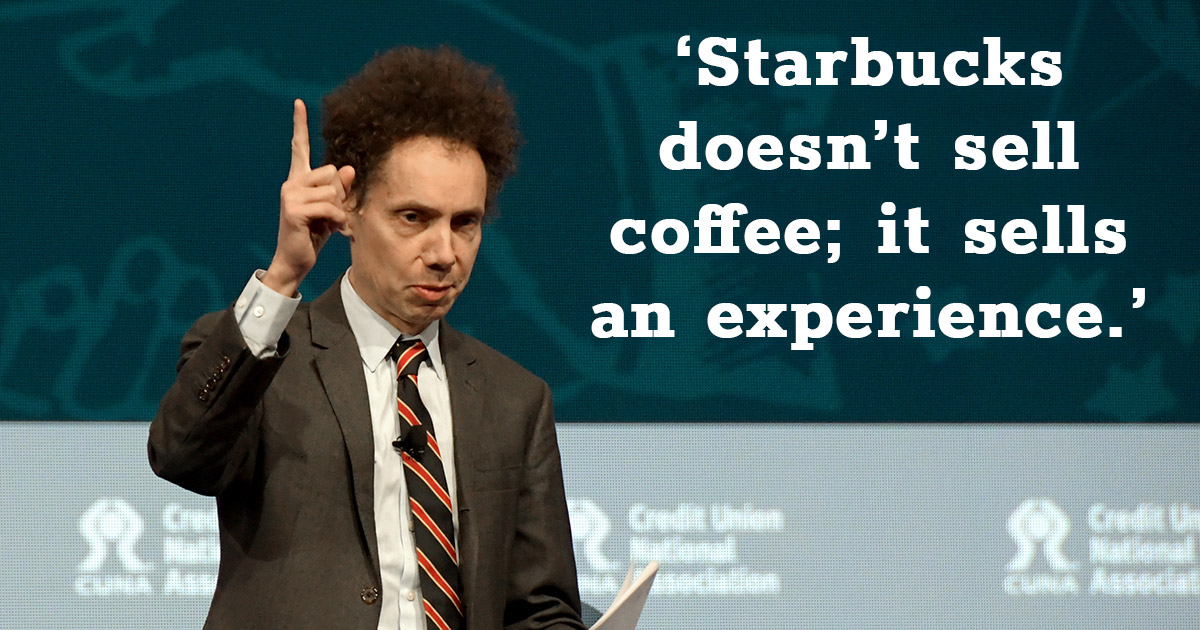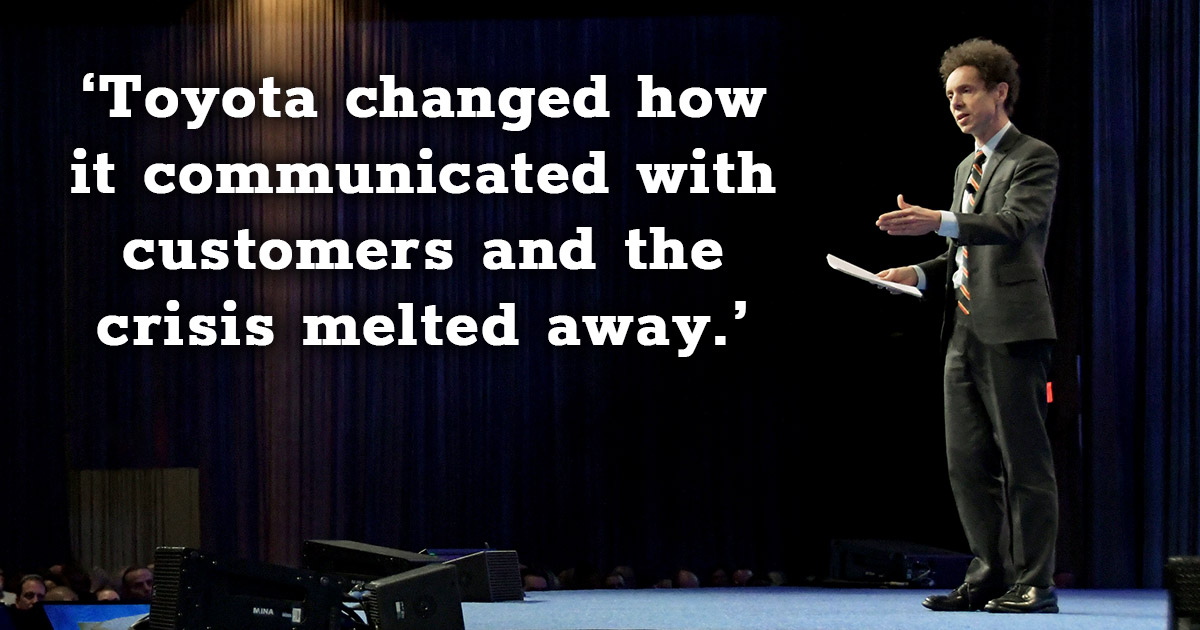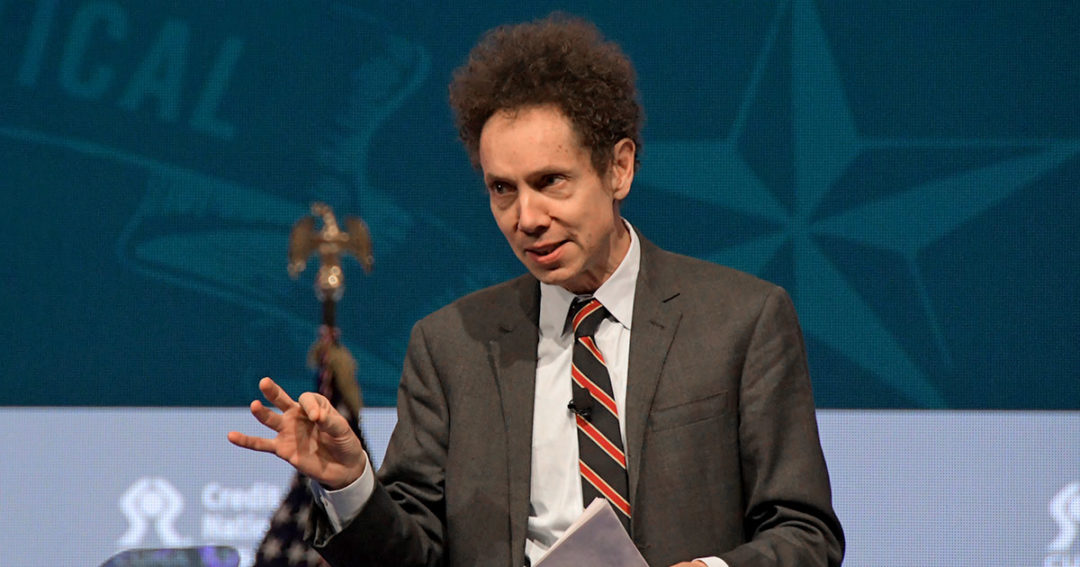
Gladwell: 3 organizations that changed consumer perceptions
‘Communicate something broader to capture peoples’ minds and hearts,’ best-selling author advises.
If you want to connect with consumers, don’t tell them about your products and services. Explain what you stand for, advises Malcolm Gladwell, author of five New York Times best sellers.
During his keynote address Monday at the 2019 CUNA Governmental Affairs Conference, Gladwell offered advice on reaching out to consumers who may not have considered using credit unions and overcoming myths that exist about cooperative financial institutions.
“You have to win over Americans’ hearts and minds, and correct myths in the marketplace,” he says. “Talk broadly about the values you hold and what you represent—that you’re all about community and service, and you’re willing to go the extra mile to form bonds that don’t exist anywhere else.”
Gladwell shared three stories of organizations about which consumers held certain misconceptions, and how these groups reshaped public opinion.
1. U.S. Marine Corps
Initially, this was the smallest branch of the military. Its devastating loss on Wake Island following the attacks on Pearl Harbor had a huge psychological impact on the organization.
“The Marine Corps was on the edge of irrelevancy,” Gladwell says. “Congress considered disbanding it.”
But by the end of World War II, the Marine Corps emerged as the strongest of all military branches.
How? In addition to fighting bravely, leadership realized it needed to communicate with Americans about what the Marine Corps stands for.
It also embraced its bad boy image, and it focused on honor and bravery.
“They talk about what they stand for and make a connection with people,” Gladwell says. “They changed how they interacted with the public, and it made a huge difference.”
2. RCA
When radios were invented, few consumers wanted to purchase them, considering frivolous objects used only for music.
Then, RCA’s David Sarnoff produced the first live broadcast of 1921’s “fight of the century,” a boxing match between Jack Dempsey and Georges Carpentier.
“That was the impetus for the radio to be a runaway success,” Gladwell says. “Sarnoff reframed what the radio meant to people: It’s about the experience, and a way to bring the world into your living room.”
Likewise, he adds, Starbucks doesn’t sell coffee; it sells an experience. “They communicate something broader to capture peoples’ minds and hearts,” Gladwell says.
3. Toyota
A series of accidents involving accelerators on some Toyota brands threatened the automaker’s very existence. Initially, the company responded to the incidents with technical information proving it wasn’t at fault.
But that didn’t stop lawsuits, congressional inquiries, and sagging sales.
In response, Toyota changed how it communicated with customers. “They said, ‘I know you’re scared and I want to help you.’ They put customer needs first,” Gladwell says. “Instead of talking about the product, they talked about values and what they stood for. When they did this, the crisis melted away.
“In each case, these organizations had a great product. They solved their issues by talking about what they stood for, not what they did. Look at these stories in light of what you do.”
